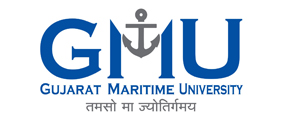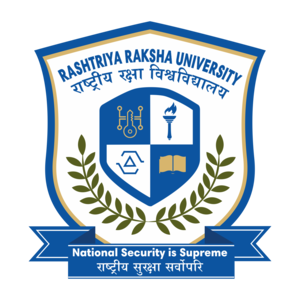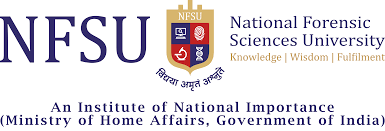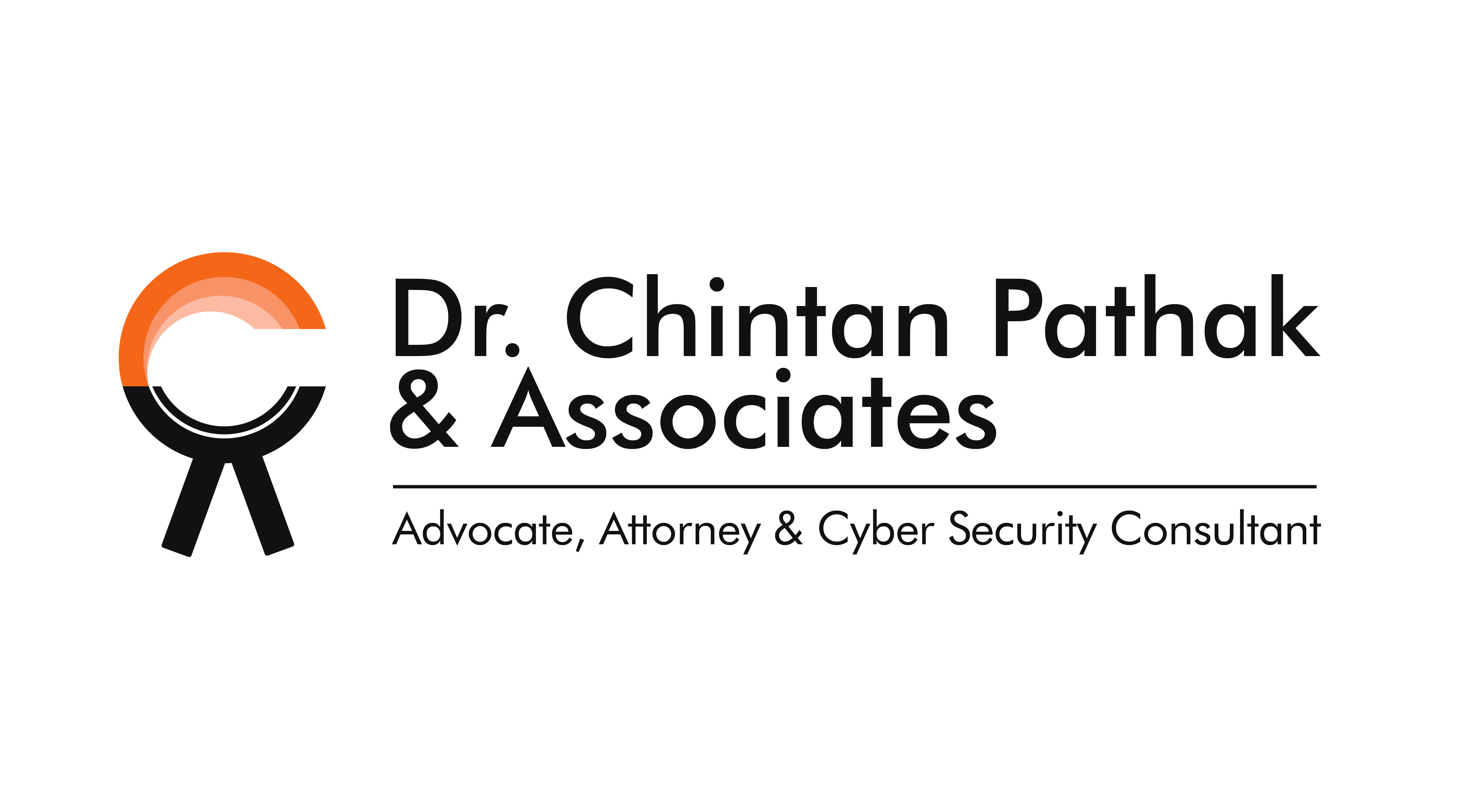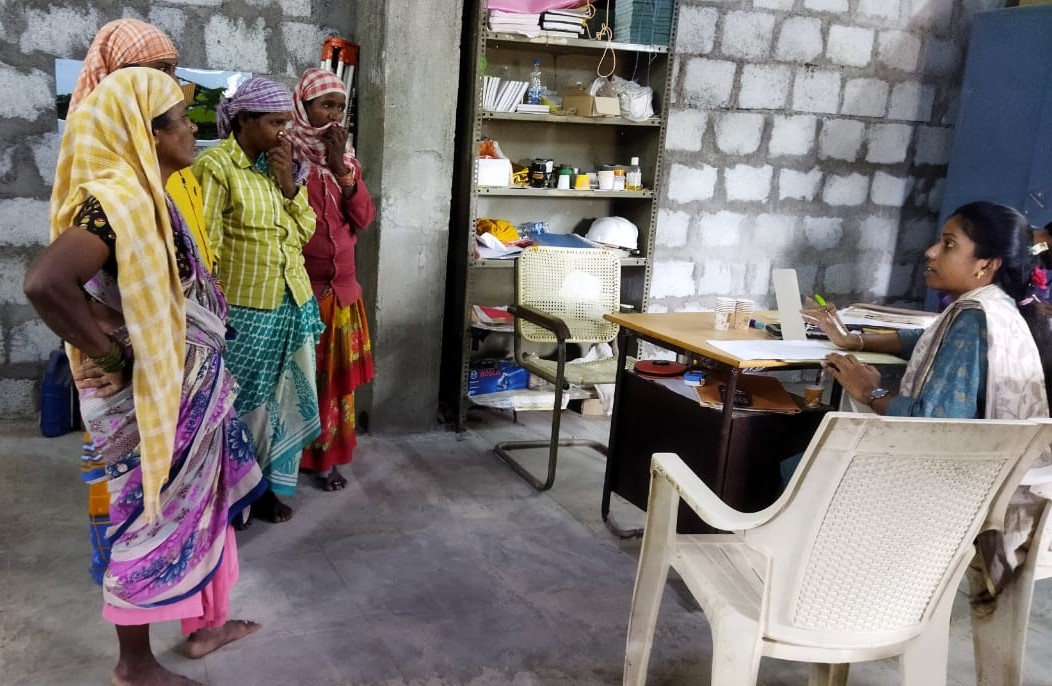
Critical Analysis of the Education Policy 2020 in India
Critical Analysis of the Education Policy 2020 in India
- Anu Vaishale B, SOEL, Chennai
INTRODUCTION:-
The National Education Policy 2020 consists of 4 parts and 27 chapters. In the policy, the government of India drafted various barriers and situations that affect children education. The draft initially starts with the introduction part which states about the fundamental requirement of the children, how to achieve human potential, development of equality and just in the society, National development, quality education, scientific advancement, national integration and, cultural preservation. It also describes goal 4 of the 2030 agenda adopted by India in 2030. Goal 4 is to ensure inclusive and equitable quality education and promote lifelong learning opportunities for all by 2030. The policy also discusses the quickly changing global economy and employment opportunities that create criticality to the student in learning. India also aims to provide high-quality education by 2040. This policy is drafted by the chairperson of the National Education Policy Drafting Panel Mr. Krishnaswamy Kasturirangan. It also states that this policy reforms the education system. It also reforms the teacher\'s recruitment and re-establish a new system to make teachers the most respected and essential member of society. Then the policy describes the fundamental principles like identifying, recognizing, and developing the unique capabilities of every student, achieving basic foundation level in literature and numerals by 3rd grade, flexible learning, No distinguishes between the departments, Multidisciplinary education system with equal importance to curriculum activities, emphasizing practical understanding, creativity, critical thinking and analysis, conceptual up-gradation, developing ethics and human values through constitutional preaching, the practical skill required to manage the life righteously, Use of technology and so on. Then the Policy is classified into four parts as part1- school education, part 2- Higher education, part-3 professional education, and all other key areas, part-4 strengthening and financing various education boards, etc.,
WHAT ARE THE NEW CHANGES UNDER NEP 2020?
After 1968 and 1986 education policy the NEP 2020 is the new policy that aims to reform the teacher’s quality as well as student’s quality. The NEP 2020 mainly aims to student’s empowerment with global knowledge. In this 2020 NEP policy, the government had replaced the 34 years old national education policy. There are 10 new key changes brought in the new system.
The Key changes in the NEP 2020 policy are as follows:
1.The schooling starts from age 3 in the form of Anganwadi or kinder garden.
2.The education structure had changed from 10+2 to 5+3+3+4.
3.The differentiation and rigidity between science, arts, and commerce had been removed.
4.The schemes of internship and vocational education had been introduced from class 6th onwards. This empowers the student to gain clarity and experience regarding the work environment as well helps them to improve their social skills as well as practical knowledge.
5.The NEP had brought changes in board exam models. Though the class 10th and 12th board exam continue, the model of the exam has been changed and the exam will not be focused on the syllabus it will be focused on the evaluation of the core subject knowledge.
6.The NEP 2020 had brought back the Four years undergraduate program system.
7.The Major reforms had been targeting to 50% of the gross enrollment ratio by 2035.
8.The Common College Entrance Test will be conducted in all forms of the graduation program.
9.The College fees will be fixed by the government and a separate committee will be organized to supervise the college fees and ensure that no colleges charged any fees above the cap fixed.
10. The MPhil program will be removed from the education structure and the introduction of the mother tongue medium of instruction in the system of education.
HOW DOES THE 5+3+3+4 EDUCATION STRUCTURE PERFORM?
This revised policy expands the term of compulsory education from 6-14 years to 3-18 years. The government also aims to provide free education for economically backward students under this scheme. The new system consists of 12 years of schooling along with the 3 years of Anganwadi and pre-schooling. The new academic structure consists of the following classifications.
1.Foundation Stage- 5years from age 3 to 8 years in Anganwadi or pre-school education and class 1 & 2 system. This system possesses only multi-level play activity, interactive school activity, and basic learning of literature and numerals.
2.Preparatory Stage- 3 years from age 8 to 11. This stage includes class 3- class 5. This system will consist of the basic learning of all subjects and their activities.
3.Middle Stage- 3years from age 11 to 14. This stage includes class 6- class 8. This system consists of the practical learning of arts, social activities, humanities, science, and mathematics with corresponding internships to experience the working environment in the described fields.
4.Secondary Stage- 4 years from age 14 to 18. This stage includes class 9- class 12. This system consists of multidisciplinary education, Critical analysis and thinking, student’s choice of subjects, and expertise in it.
Further, in addition to this, it is also laid that the 360-degree holistic progress card will be introduced to evaluate the students as well as to keep track of the student\'s achievement and establishments. It is also proposed that National Curriculum Framework for Teacher Education 2021 will be formed and new degree qualifications for teachers will be introduced.
WHAT IS THE PUBLIC OPINION AND STUDENTS OPINION REGARDING THIS NEP 2020 POLICY?
According to my survey analysis, I believe that many students encourage certain features and many feel that this system will be burdensome for them to establish. Some students still believe that the quality of education had been decreased to the bottom-line due to this Covid 19 pandemic. They complain that the present education through online classes and semester through online had paved the way for an incapable student to obtain a professional qualification. They also seem that the present situation had created a way for disqualified or less-qualified students to obtain professional carrier. From this point of view, they believe that though the government provides various guidelines to improve the education system there are still opportunities exists for failure. A few students also provide examples that the present education system is a privatized education system and the majority people of India believe that the education system in private school and international schools are way better than the education in a government school. India being a developing country, many middle-class families cannot afford the education fees levied by private and international schools. Though the government lays the cap for school fees, college fees, there are still few educational institutions that collect fees over and above the cap fixed by the government. Few students expressed that the government had provided a permit for the education institution without fulfilling the compliances laid by the government. They highlighted the accidents that occur in an educational institution.
WHAT ARE THE SUGGESTIONS REGARD TO THE AMENDMENTS REQUIRED IN NEP 2020?
According to my analysis, I believe that there is a certain requirement of amendments in current educational policy. Considering the Educational Institution Amendment Act 2016 Odisha, the amendments should be brought for the educational institutions and their provision of facilities to the students. Some recommendations are:
1. The education institution license should be renewed every 3 years only after inspection made by the concerned department authorities.
2. A special online platform should be established for students to complain regarding the educational institution.
3. A special ombudsman should be appointed for every district to solve the disputes that arise regarding the education system and educational institution.
CONCLUSION:-
With the view of the current education system and the student’s expectation, it is believed that the NEP 2020 will bring a new revolution in the educational policy, and also there is larger scope to improve the rate of literate in India. This NEP 2020 also helps students from dropping out of education between the age of 3- 18. This also helps students in pursuing a flexible system of education without any restrictions. Many students are expecting the new changes were few students not but according to my observation it is the right time to brought changes to the existing system and the NEP2020 will be the first policy that possesses various changes that benefits the students. The most admirable part of the policy is that their aim of goal4 making Indian students equipped with universal knowledge is the best part which helps the students to launch themselves in the global platforms.
REFERENCES:-
1.National Education Policy 2020, Ministry of Human Resource Development, https://www.education.gov.in/sites/upload_files/mhrd/files/NEP_Final_English_0.pdf accessed on 4th June 2021.
2.NDTV educational news, https://www.ndtv.com/education/nep-2020-board-exams-be-made-easier-says-education-ministry accessed on 4th June 2021.
3.5 Key things regarding National Education Policy 2020, https://www.mindler.com/blog/national-education-policy/ accessed on 5th June 2021.
4.New Education Policy 2020 Highlights: School and higher education to see major changes, https://www.hindustantimes.com/education/new-education-policy-2020-live-updates-important-takeaways/story-yYm1QaeNyFW4uTTU3g9bJO.html accessed on 6th June 2021.
